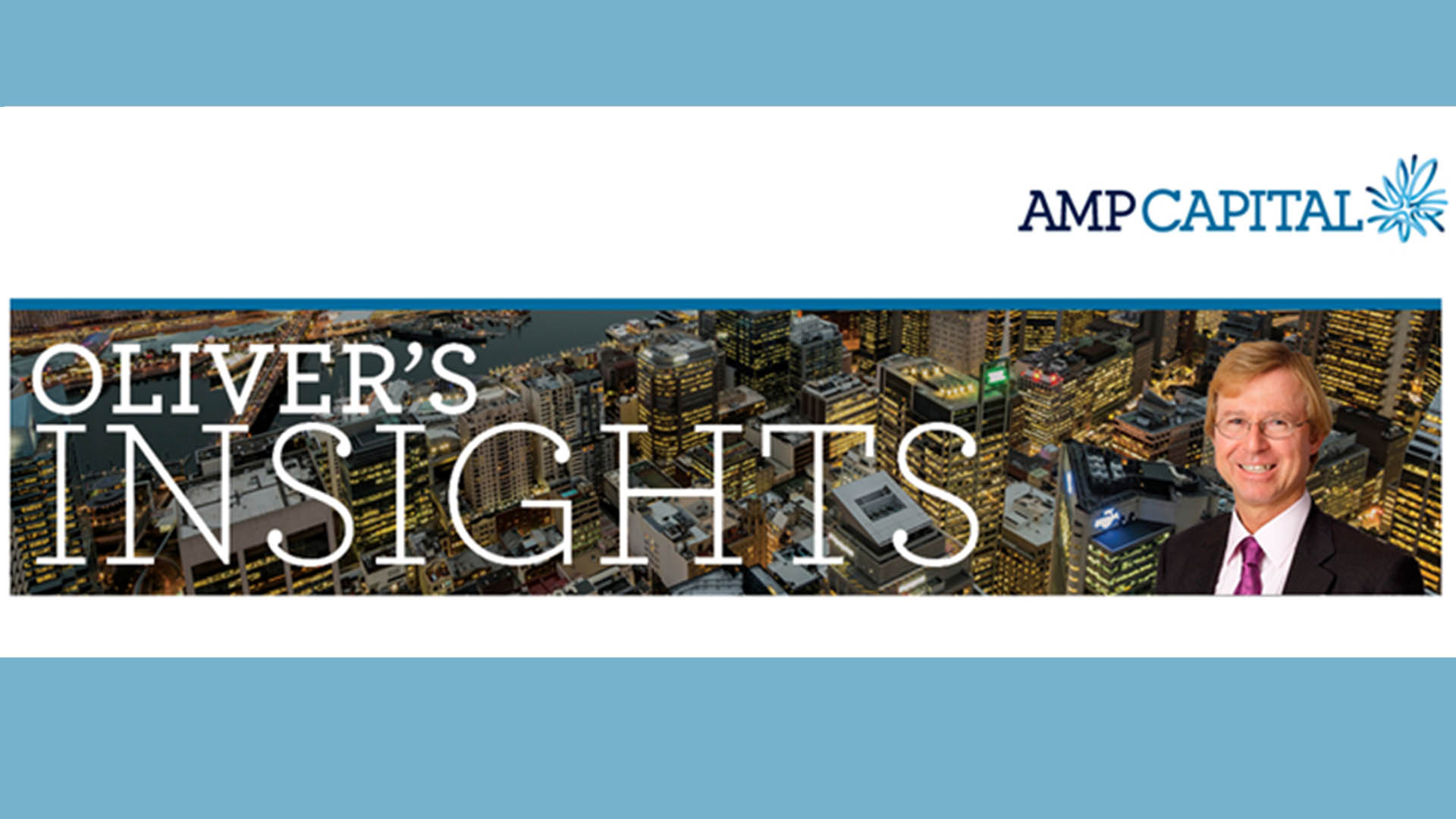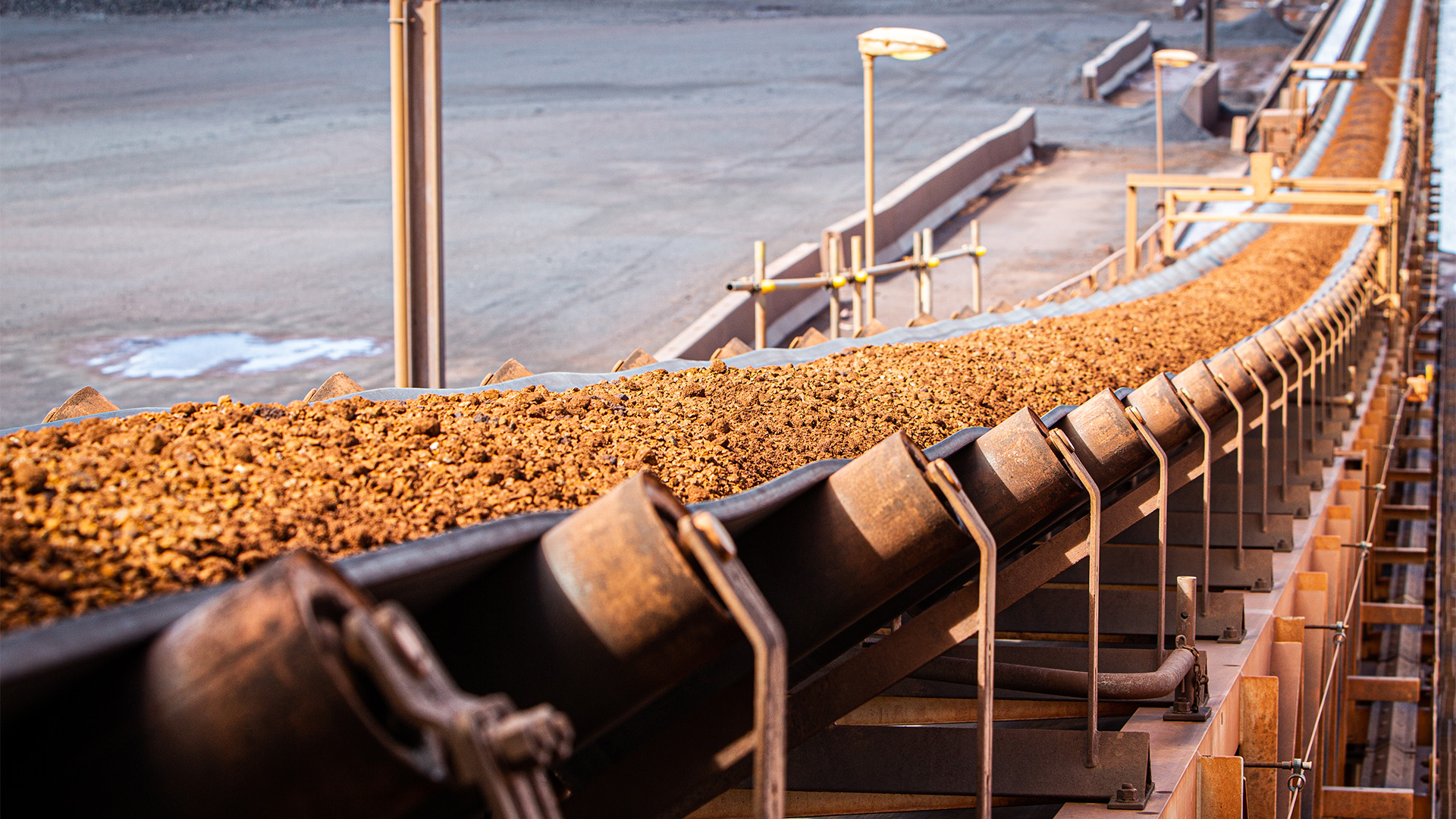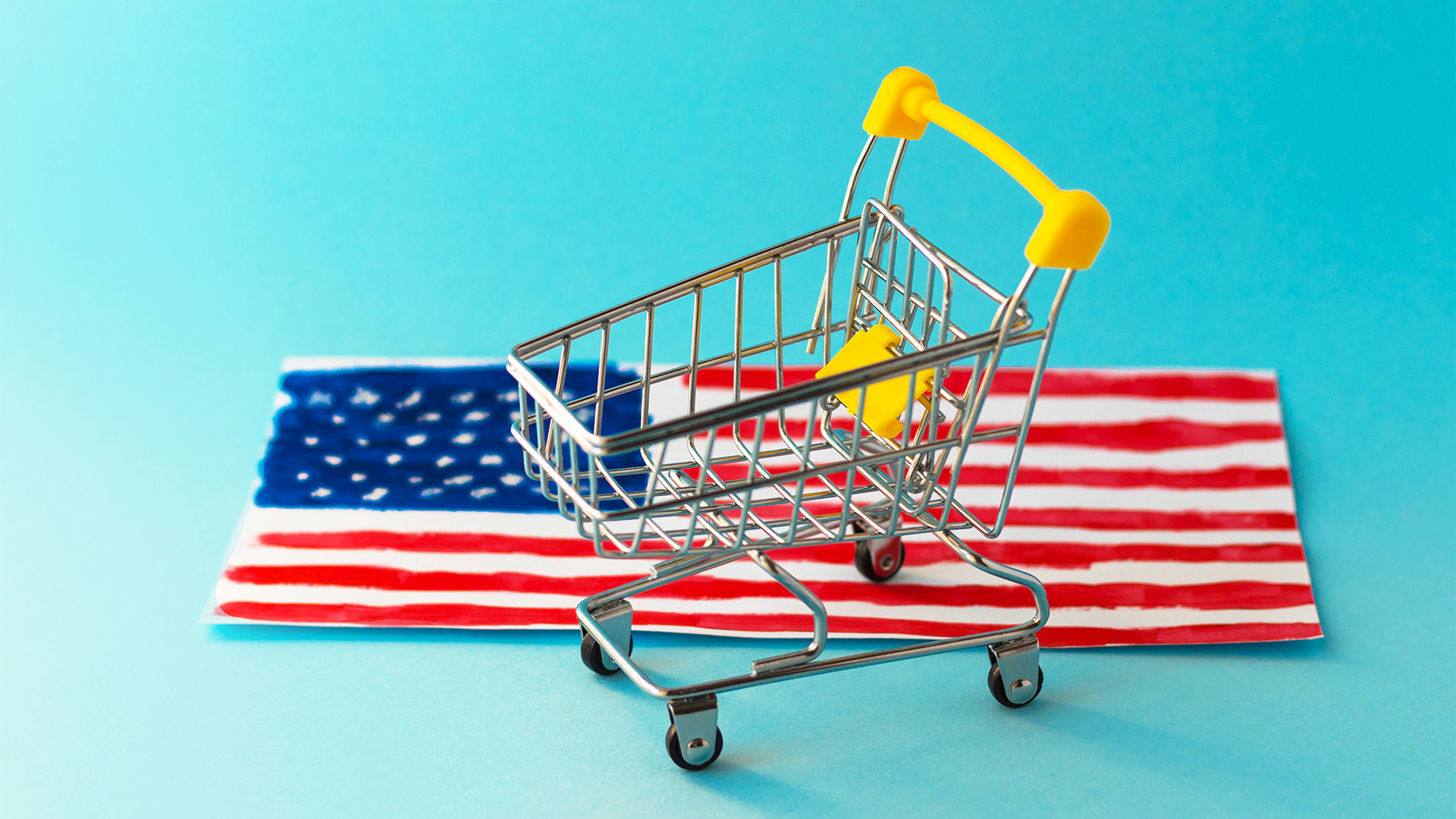Ignore the expected high March quarterly and annual inflation readings (both the headline of 5.1% and core of 3.7%) from the Australian Bureau of Statistics and wonder what the Reserve Bank will do with it at its May meeting next Tuesday.
Prices rose a very strong 2.1% in the March quarter from the December quarter.
Will the RBA follow its 2007 precedent and lift rates next week in the middle of an election campaign, as economists from major banks such as the ANZ, Westpac, NAB and the AMP are expecting?
That move generated more than a decade of ill-will in John Howard, Peter Costello and parts of the Liberal Party which shows up in the calls for a ‘review’ of the central bank.
Or will it wait until June when it will also have the March quarter wages data via the Wage Price Index, to make a more considered judgement?
The surge in headline inflation to an annual reading fo 5.1% in the March quarter (up from 3.5% in the final quarter of 2021 was driven by a 35.1% jump in the cost pf petrol and diesel (thanks mostly to Russia’s invasion of Ukraine) and a 13.7% rise in new dwelling costs (the costs of the house price boom coming back to bite us).
“Strong demand combined with material and labour supply disruptions throughout the year resulted in the highest annual inflation for new dwellings since the introduction of the GST.” The ABS’s Head of Prices Statistics at the ABS, Michelle Marquardt said in a statement with the data.
“Annual price inflation for automotive fuel was the highest since the 1990 Iraqi invasion of Kuwait, she said while pointing out that the price of goods (+6.6 per cent) rose more strongly through the year than that of services (+3.0 per cent),” she said.
Underlying inflation measures tracked by the ABS and the Reserve Bank in the 20 years they have been used, showed the largest rise as well since then.
Quarterly trimmed mean inflation increased by 1.4%, the strongest movement since the beginning of the series in 2002. Annual trimmed mean inflation increased to 3.7% up from 2.6% in the December quarter.
Ms Marquardt said: “Annual trimmed mean inflation was the highest since 2009. This reflected the broad-based nature of price rises, as the impacts of supply disruptions, rising shipping costs and other global and domestic inflationary factors flowed through the economy.”
So how does Australia’s consumer inflation compare?
The US reported a headline rate of 8.5% in the year to March, the highest since 1981, rising from a 7.9% rate in February. Month on month the rate was up 1.2% and the core rate was an annual 6.5%. The fed has already raised its key rate by 0.25% and will add at least a 0.50% boost to that next Wednesday.
Across the Tasman, the Reserve Bank of NZ has already lifted rates three times – the last being a 0.50% boost and that was before the CPI rose at a headline 6.9%, up from 5.9% in December. The quarter-on-quarter rise was 1.8%. That inflation data was released after the last RBNZ decision so another rate rise is tipped next month.
The UK annual rate was 7% in March (and the OECD rate was 7% in February). The UK lifted its key Bank Rate 0.25% in March to 0.75%, the third rate rise (like the RBNZ) and the rate is now back to pre-Covid levels.
Euro area consumer inflation rose to a headline rate of 7.4% in March, the highest since the euro was introduced in the early 1990’s and up from 5.9% in February. Month on month the rate rose 2.4% thanks to the impact of higher energy prices from the Russian invasion of Ukraine.
China’s headline rate was 1.5%, up from 0.9% in February. China’s core rate was 1.1% in March, unchanged from February. no rate rise on the horizon, a rate cut more likely as Covid infections and the brutal government reaction pushed the economy towards a recession.
Canada’s inflation rate jumped to 6.7% in March, up 1% from the 5.7% rate in February while core inflation rose 5.5%. The Bank of Canada lifted its key rate 0.50% to 1% in April and like the RBNZ, is seen as lifting rates again in May.
…………
Looking at the March quarter, costs rose across the board except for clothing and footwear which fell 0.6% on a three month and 1.5% on an annual basis.
Over the quarter which saw the largest quarterly increase since the GST was introduced in 2000 (and the biggest annual rise) it was housing costs, petrol and diesel and the costs of tertiary education that were the big drivers.
Head of Prices Statistics at the ABS, Michelle Marquardt, said “The most significant contributors to the rise in the March quarter CPI were new dwellings (+5.7 per cent), automotive fuel (+11.0 per cent) and tertiary education (+6.3 per cent).
“Continued shortages of building supplies and labour, heightened freight costs and ongoing strong demand contributed to price rises for newly built dwellings. Fewer grant payments made this quarter from the Federal Government’s HomeBuilder program and similar state-based housing construction programs also contributed to the rise.” said Ms Marquardt.
“The CPI’s automotive fuel series reached a record level for the third consecutive quarter, with fuel price rises seen across all three months of the March quarter.”
The rise in tertiary education reflected the continuing impact of updated student contribution bands and fees, introduced last year.
There were also notable rises in the food group (up 2.8%), “reflecting high transport, fertiliser, packaging and ingredient costs, as well as COVID-related disruptions and herd restocking due to favourable weather. Main contributors to the rise in food prices included vegetables (+6.6 per cent), waters, soft drinks and juices (+5.6 per cent), fruit (+4.9 per cent) and beef (+7.6 per cent).”
“The grocery component of the group, which excludes meals out and takeaway foods, rose 4.0 per cent in the March quarter.” Ms Marquardt said. Prices for other grocery items, such as non-durable household products (+6.7 per cent), which includes products such as toilet paper and paper towels, also rose in the March quarter.












